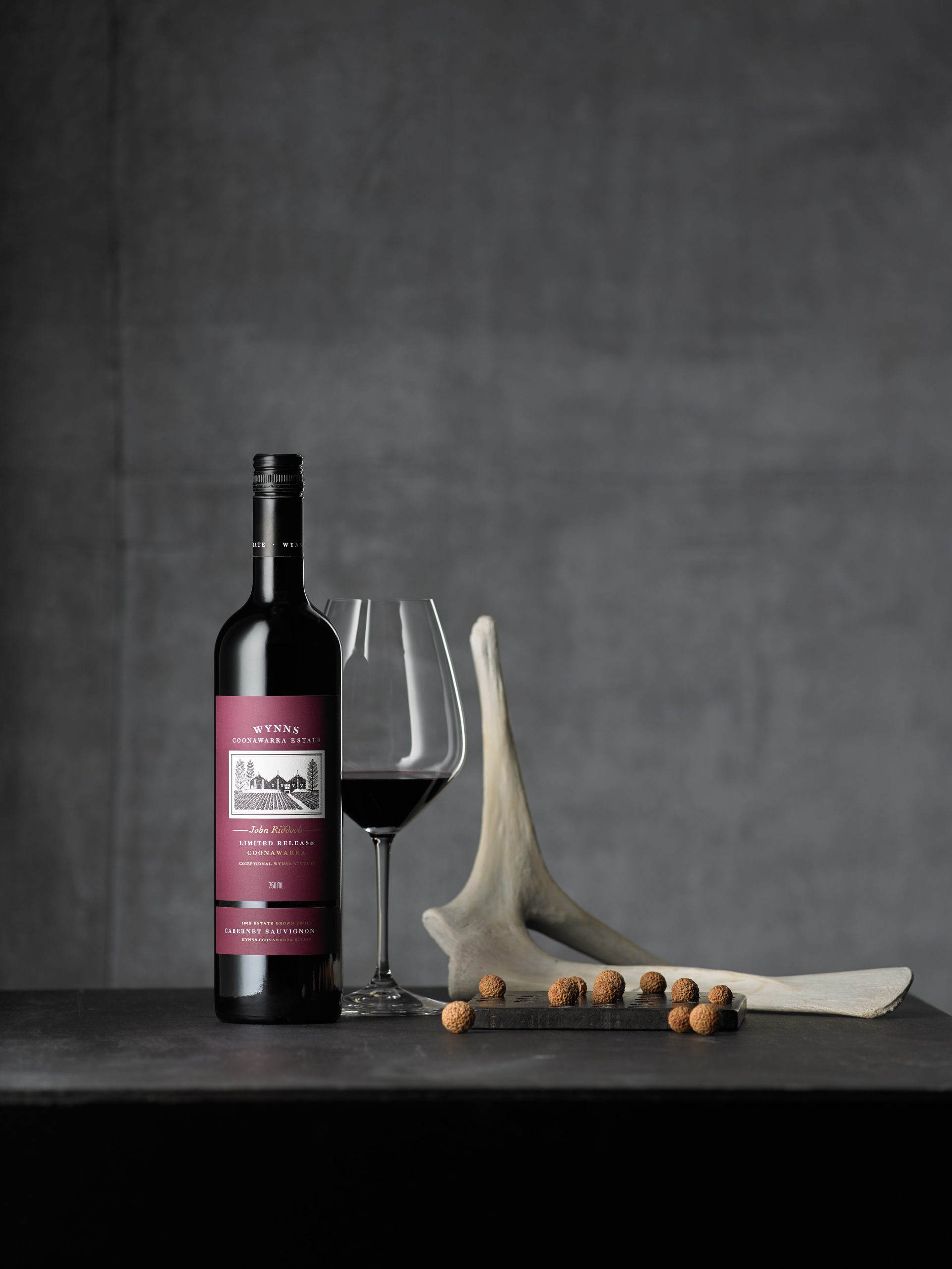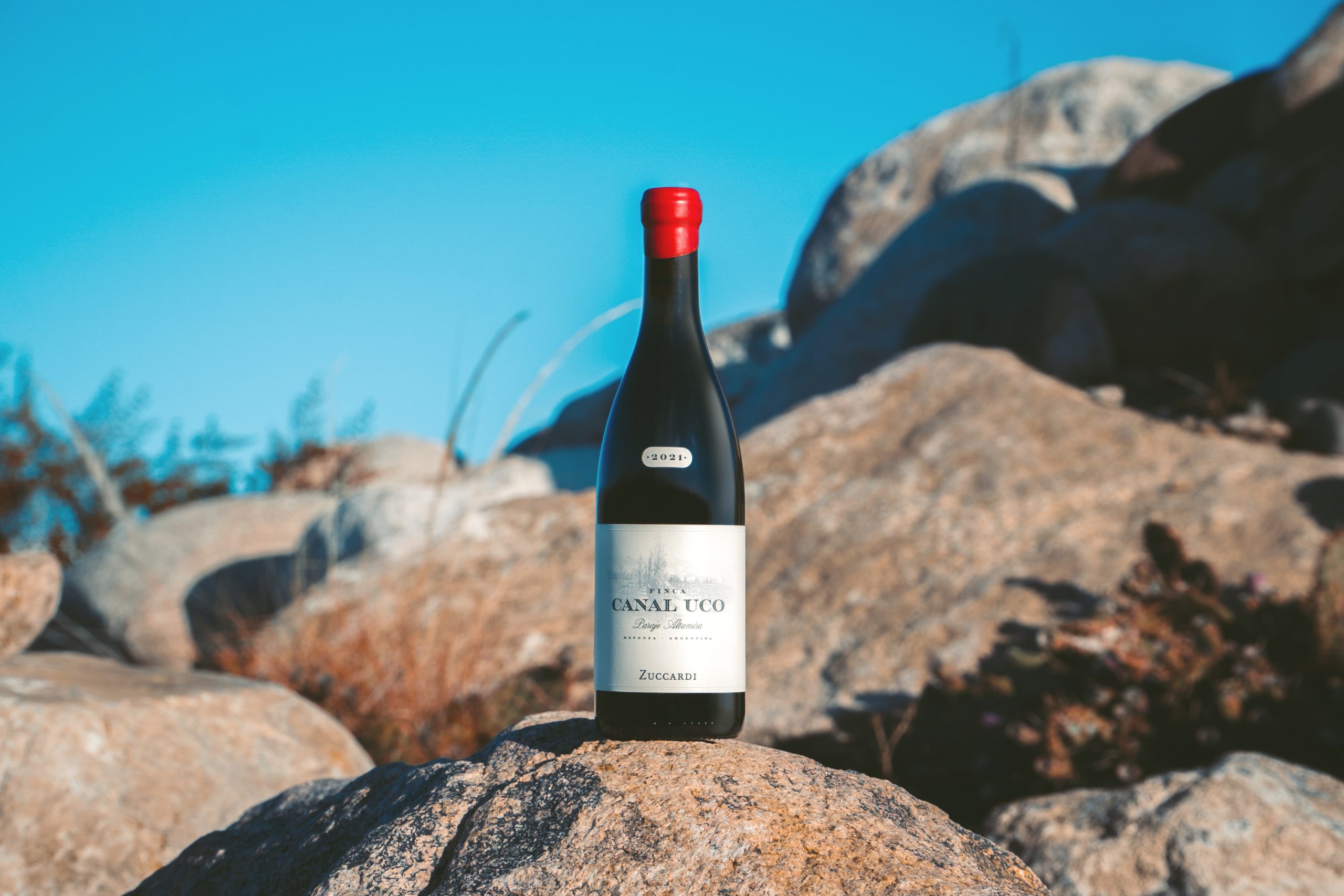NTS head of archaeology, Derek Alexander, said: “What’s remarkable about this door is that it is actually a lot wider than the one in the inside there. I hadn’t really thought it but one of our volunteers works for a whisky company and he looked at the door and said ‘you could roll a barrel through that’. We all went ‘that’s probably what it is’.”
Hidden door in Scottish cave could be smuggler’s lair
A medieval doorway found hidden in a castle cave in Scotland could have been a smuggler’s lair, used to transport alcohol in the 15th and 16th centuries.
The caves are in the cliffs beneath the Culzean Castle, which is perched on coastal cliffs near Maybole in Ayrshire and was designed by Robert Adam in the late 18th Century. But the caves system in the cliffs goes back much further.
According to the BBC, archaeologists from the National Trust for Scotland investigating a cave in the cliffs below the castle have discovered the remains of a medieval doorway, which has laid hidden for centuries under rocks and sand, buried to a depth of about 1 metre.
It’s believed the caves were used as storerooms for both legal and illegal merchandise in the 15th and 16th Centuries, when there was a medieval tower on the site.
Radiocarbon testing on other objects found in the neighbouring Castle Cave revealed that they were first used by humans nearly 2,000 years ago in the Iron Age.
Evidence suggests that the caves were where staff likely received, sorted and stored supplies from ships arriving on the beach, shielded from the gaze of the crown’s revenue collectors.
The cave would likely have been located and guarded, and a stone hearth in one cave may have been where the guards and watchmen kept warm and cooked food while waiting for shipments.




